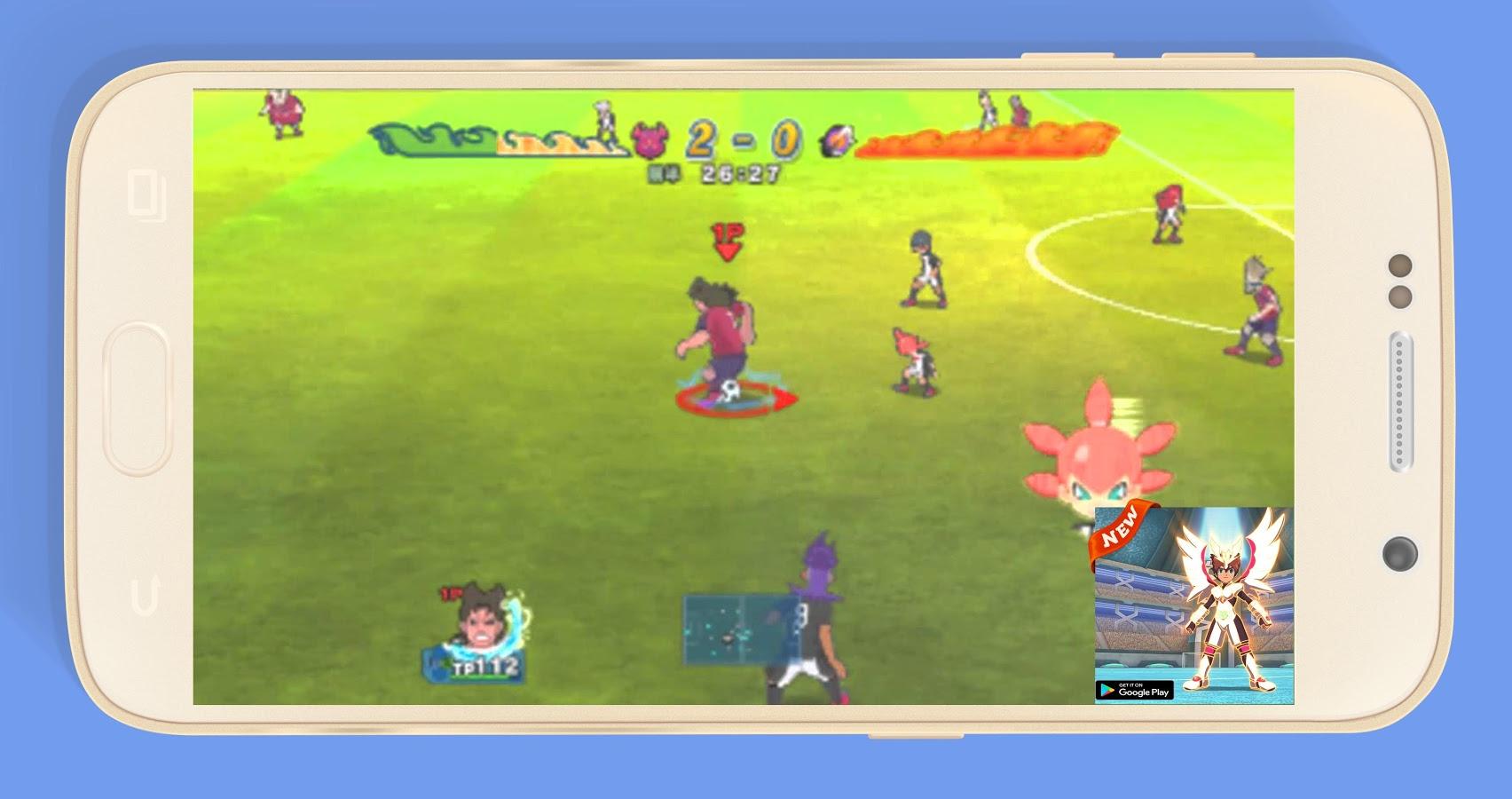
In July, it organized a tournament for the game in Korea, the country where e-sports have penetrated most deeply into the mainstream, attracting more than a million viewers over television and the Internet. Eventually, Super Evil Megacorp, the Silicon Valley start-up that created Vainglory, took notice. What’s more interesting is that Vainglory’s touch controls were supple enough that serious competitive players began forming teams to battle it out in ad hoc tournaments. There were 1.5 million active players during May before the Android version of the game was released.

The game’s high production values, which resemble the slick look of similar games on PCs, have won over many people. While Dota 2 and League of Legends are played on PCs, the device favored by most e-sports athletes because of the precision possible when using keyboards and mice, Vainglory is played by tapping on touch screens, a method disdained by many hard-core gamers. Vainglory pits two teams of three players against each other, each with the objective of destroying enemy gun turrets and, eventually, a crystal monument on the opposing team’s base. It’s a variation on a genre known as multiplayer online battle arena games, the most prominent of which - League of Legends and Dota 2 - have found huge success as e-sports, attracting enormous online and in-person audiences to their tournaments. Vainglory is aimed at the more hard-core gamers. Most mobile games are of the casual variety, like Candy Crush, and aren’t played as e-sports. One of the first games to test that proposition is Vainglory, which came out late last year for iPhones and iPads and just recently for Android devices. Touch-based games, said Jens Hilgers, the founder and chairman of ESL, which operates large e-sports tournaments around the world, have “the potential for being a broader e-sport because there’s a larger audience that wants to play games there.” There’s also a strong case that e-sports, like every other kind of entertainment, will have to more fully embrace the mobile devices that account for so much of the world’s computing habits. There are compelling reasons to believe that will change, the most obvious being that playing games professionally already seems normal to many young people, and it will probably be that way for successive generations, too. The very name that competitive gaming goes by - e-sports - is enough to send die-hard sports fans into a fury.

Still, it hasn’t totally hit the mainstream in most parts of the world. Under everyone’s noses, the competitive video game scene has gotten huge, with more than 113 million fans globally by some estimates.


 0 kommentar(er)
0 kommentar(er)
